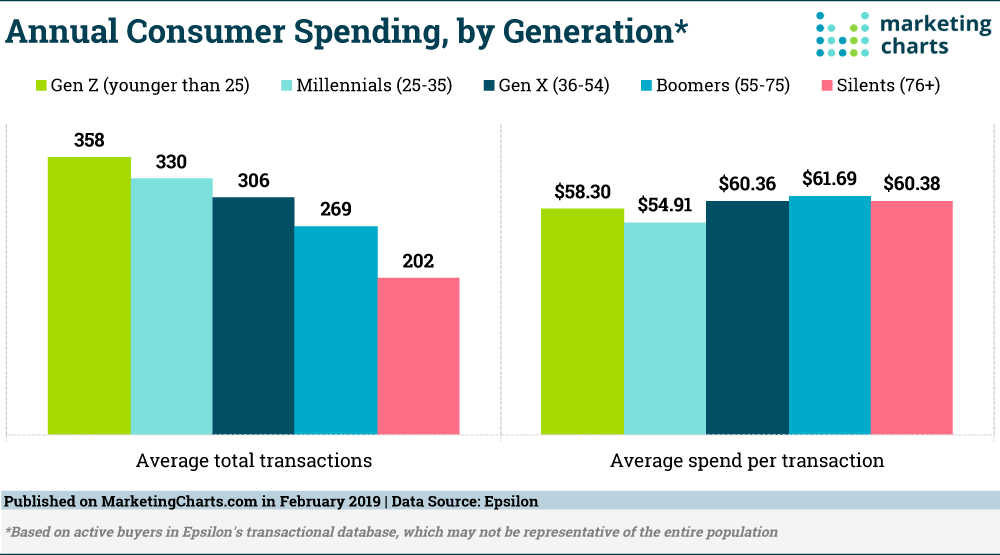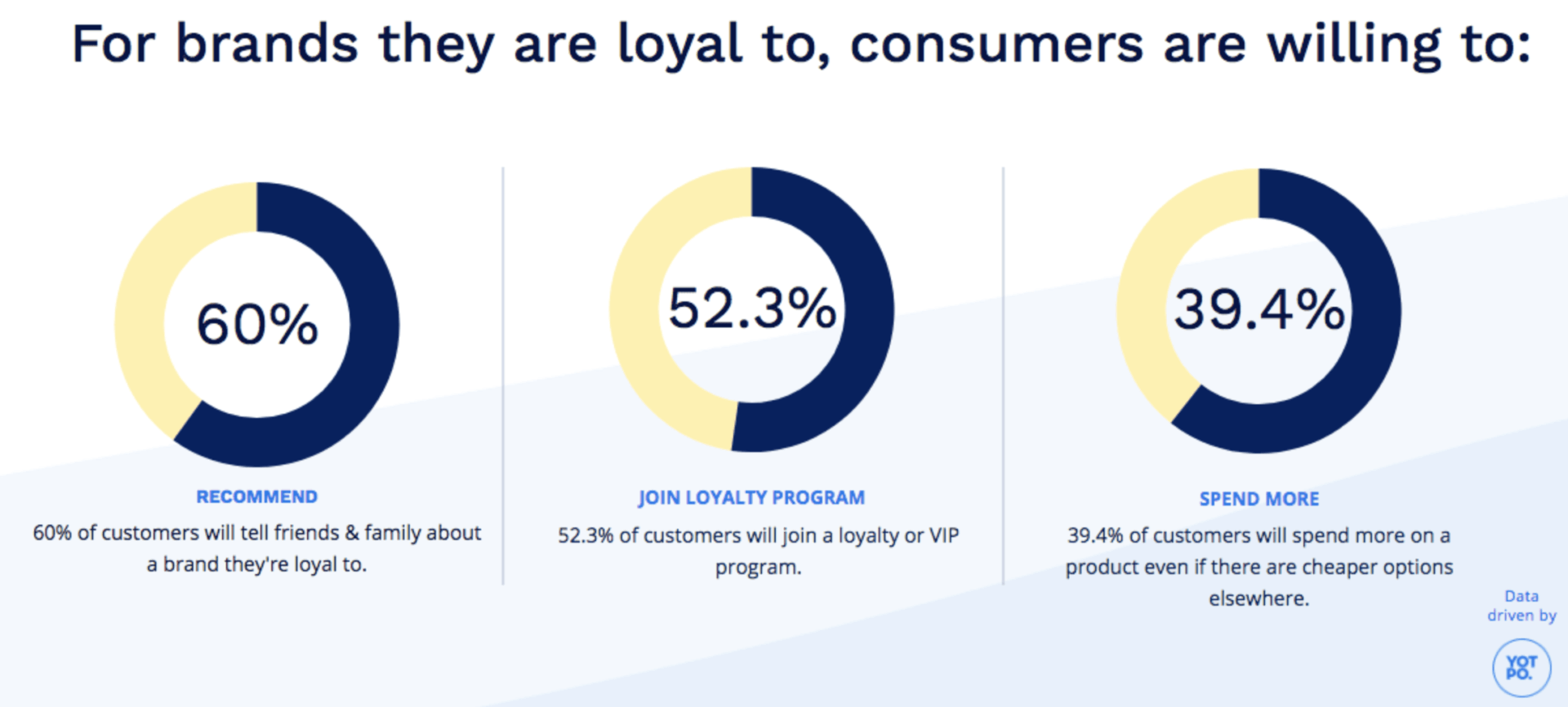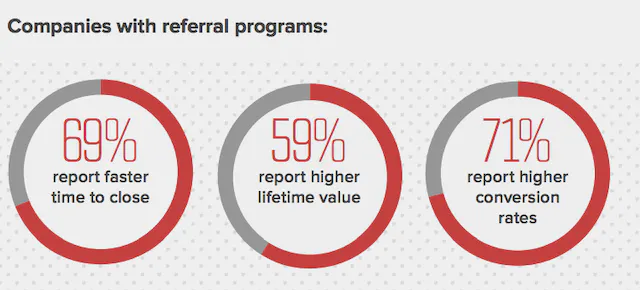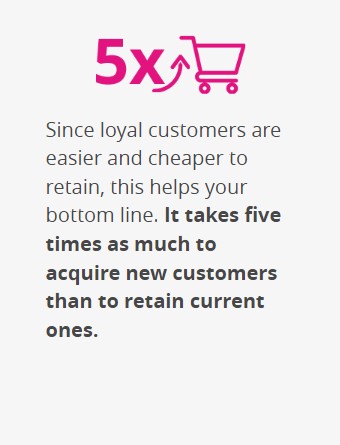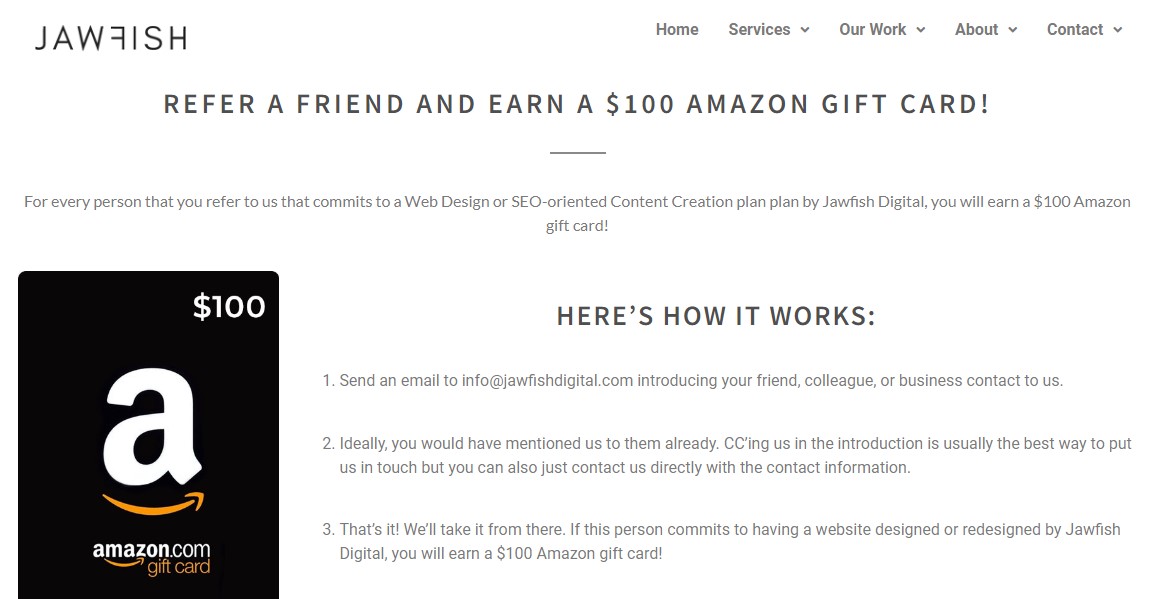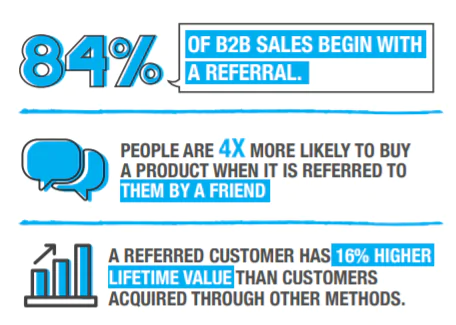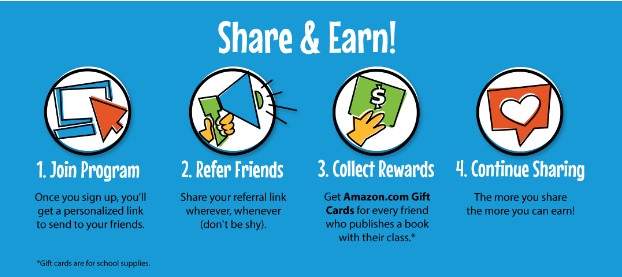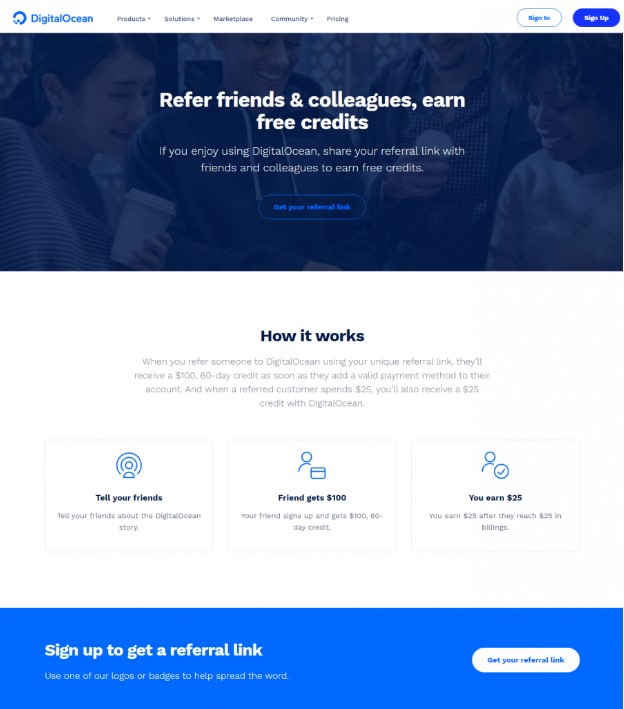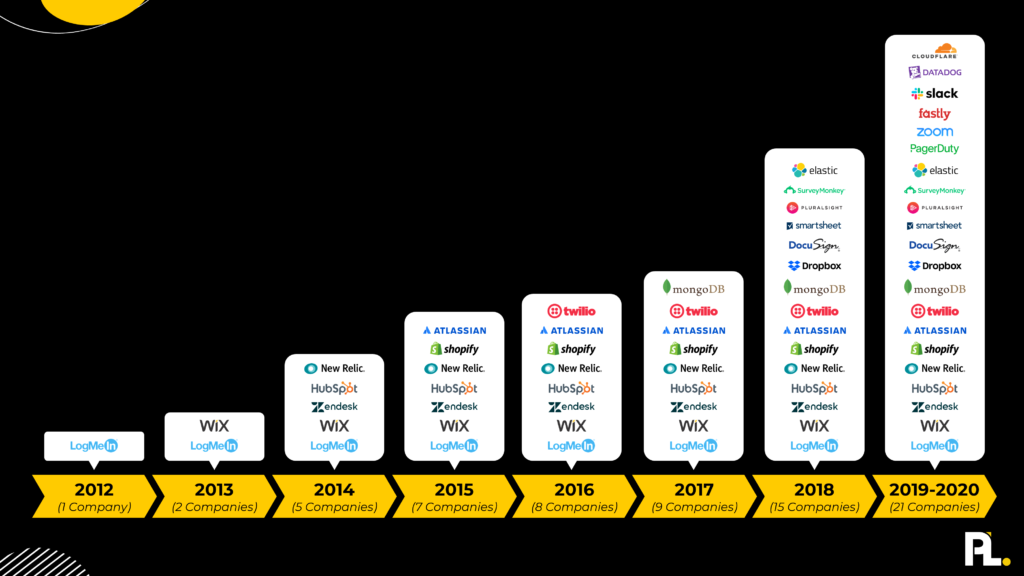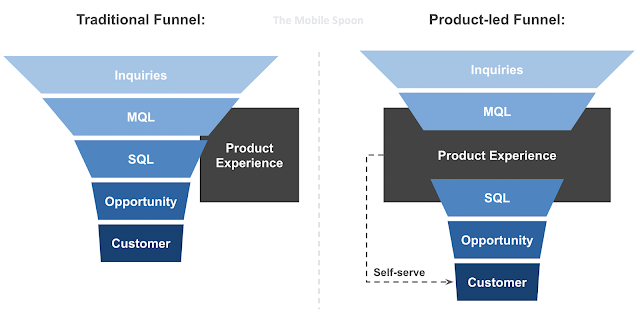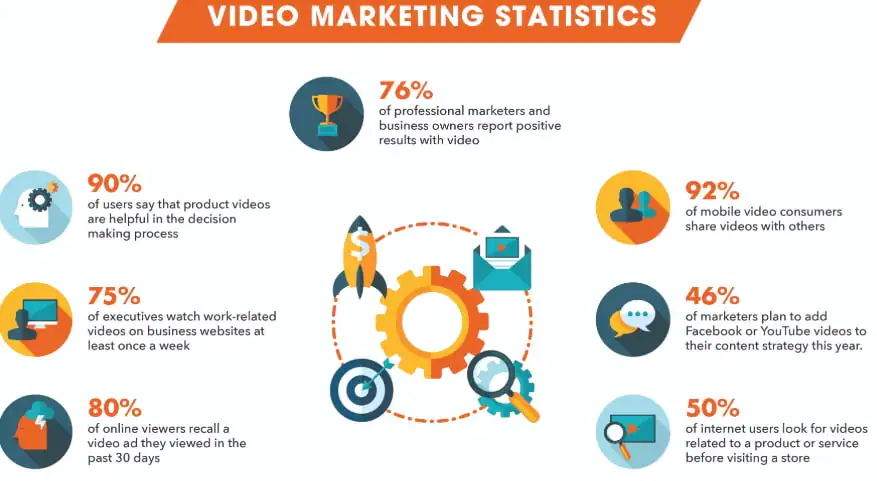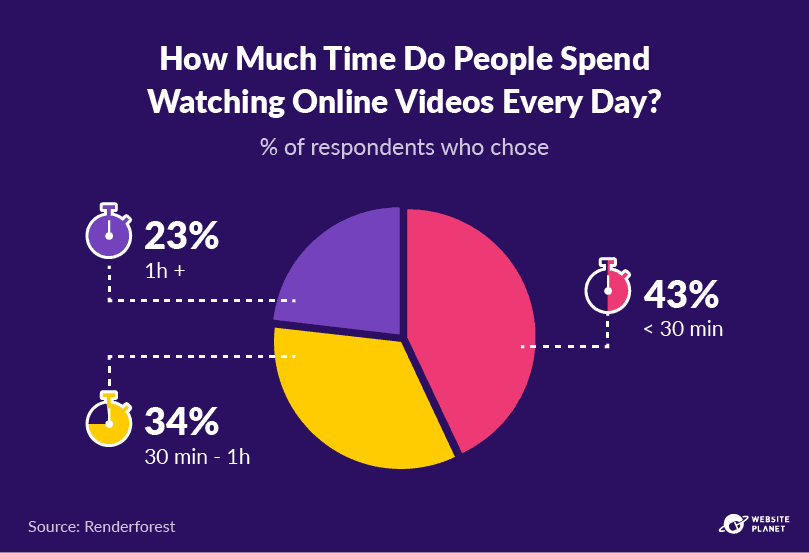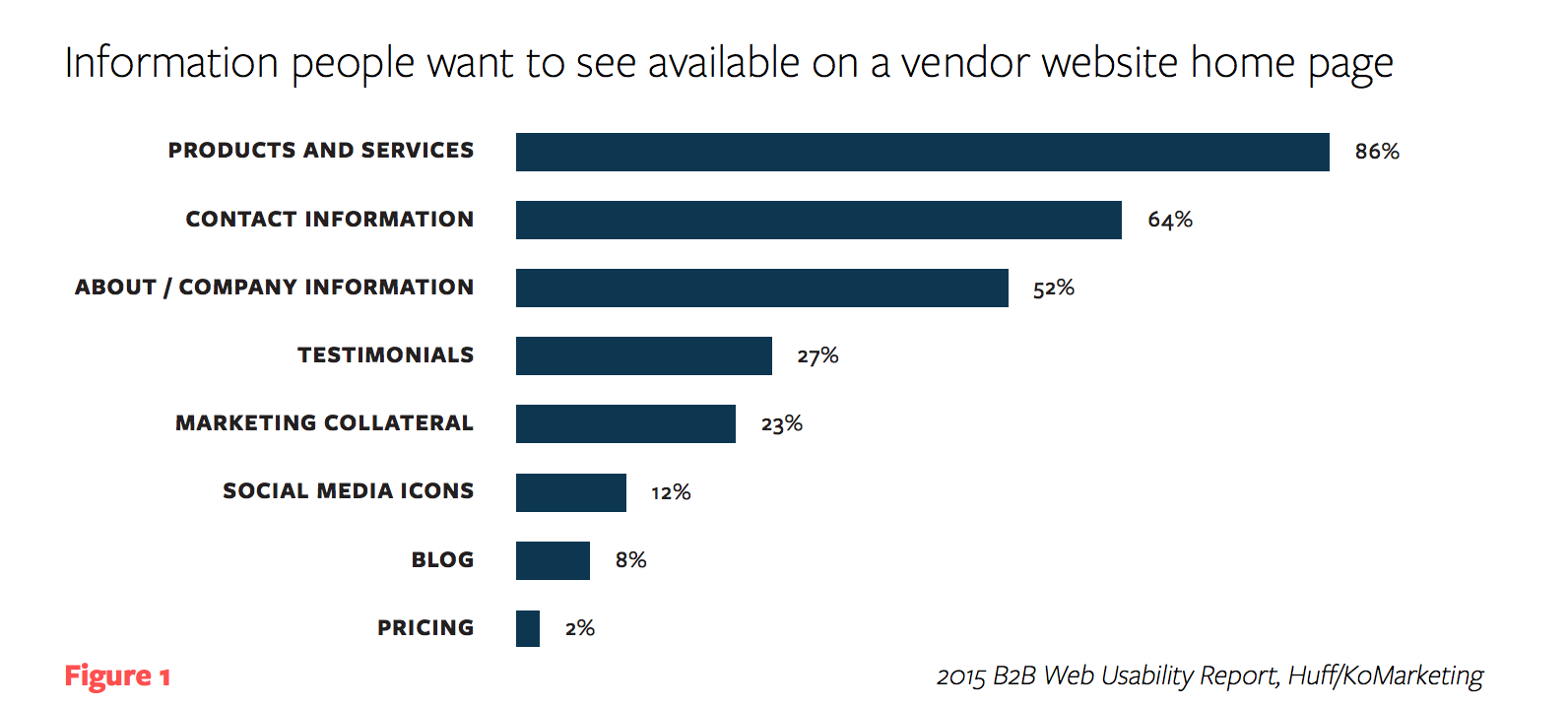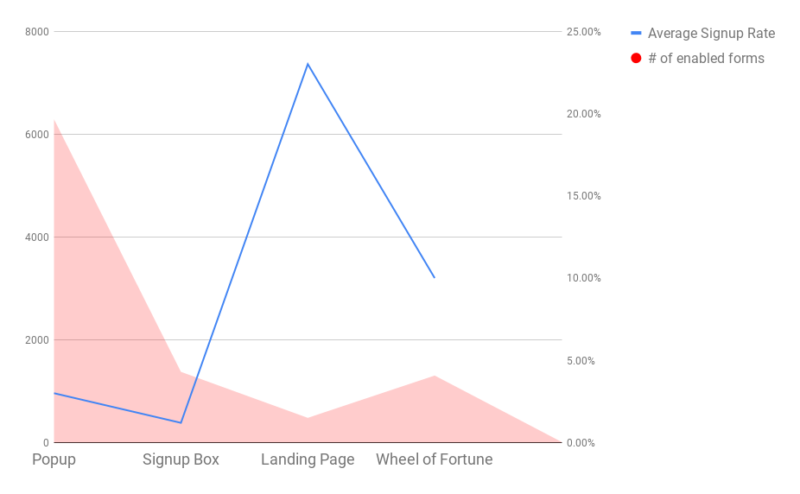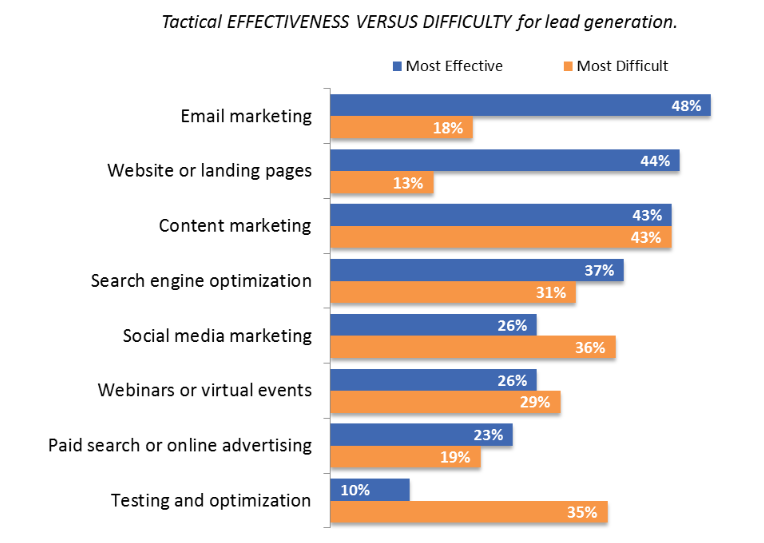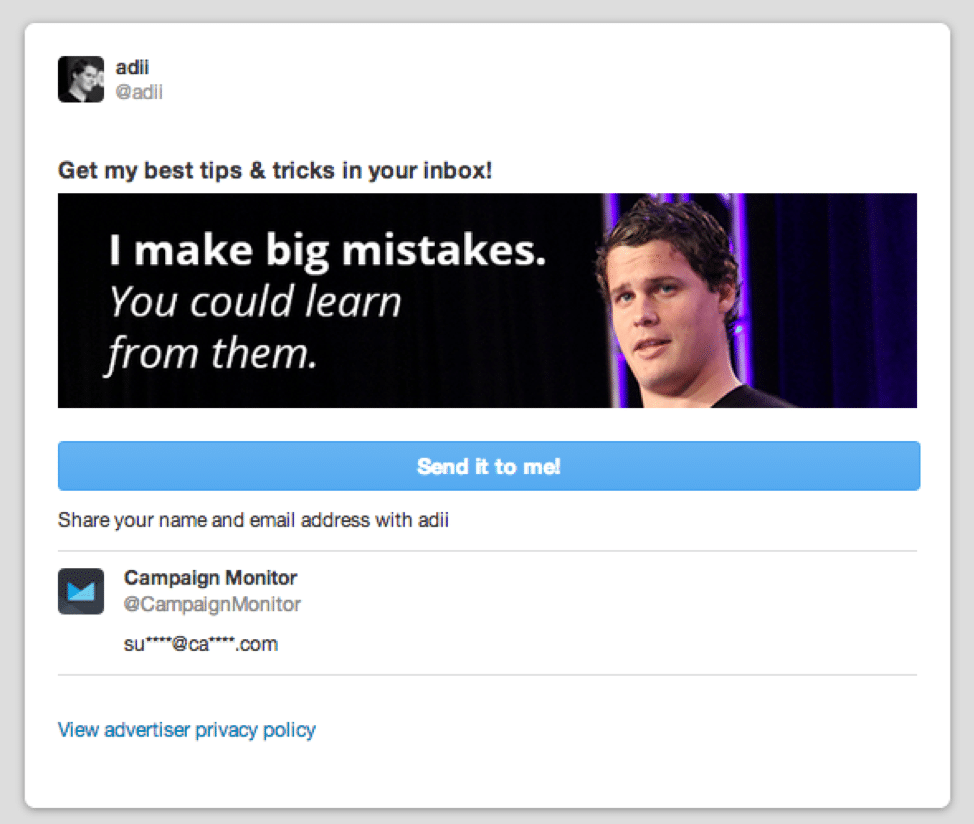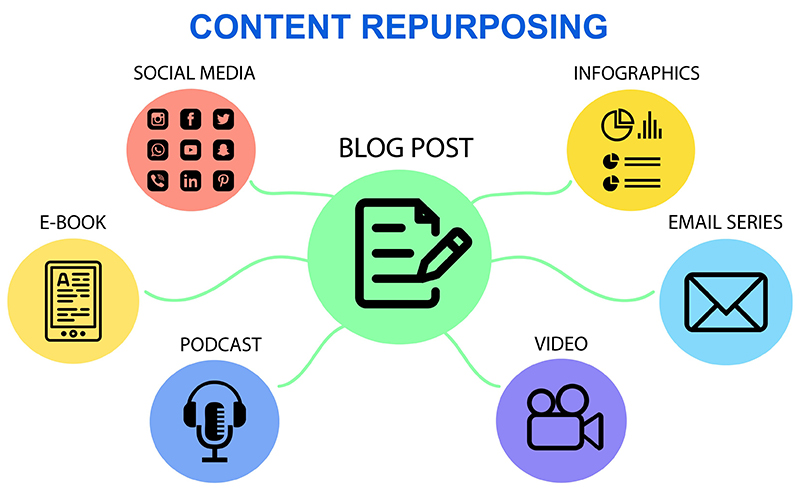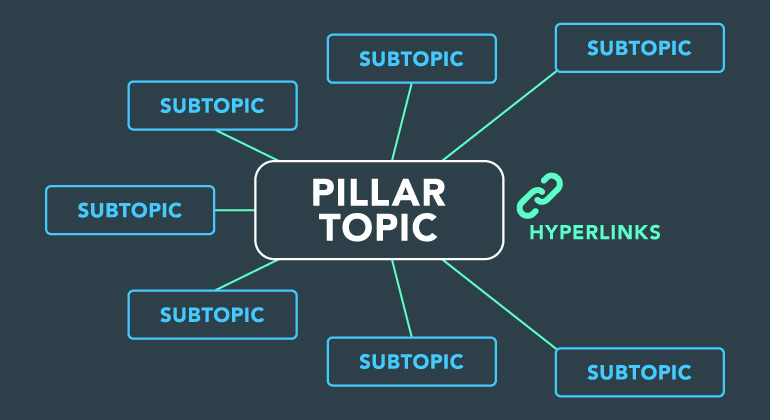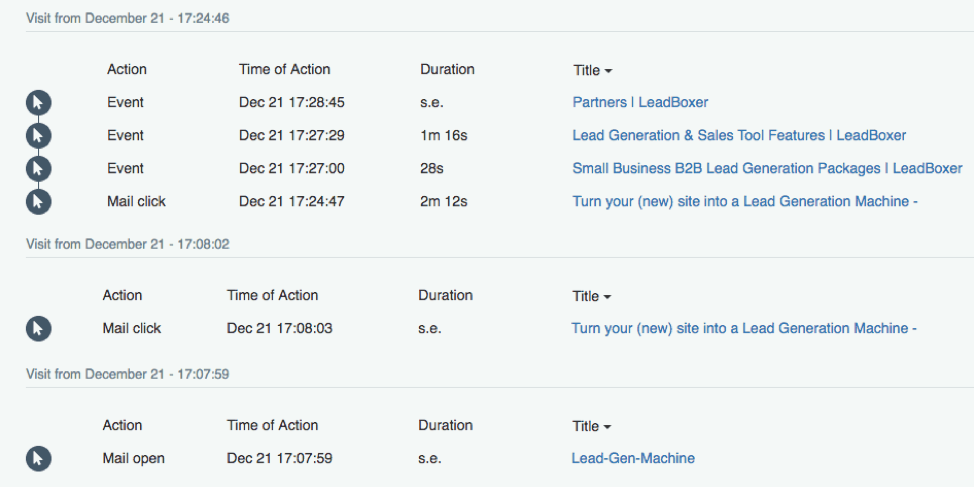How Do You Develop an Effective Content Distribution Strategy
Content Distribution
To produce piece of content your customers will love, you must know what content distribution is and how to do it well. Content distribution is when you share, create, and promote content across various media channels to an online audience. Content comes in many forms that include:-
- Ebooks
-
- Podcasts
-
- Videos
-
- Infographics
-
- Case studies
-
- Webinars
-
- Blogs and articles
-
- Social media posts
-
- Thought leadership and Point of Views
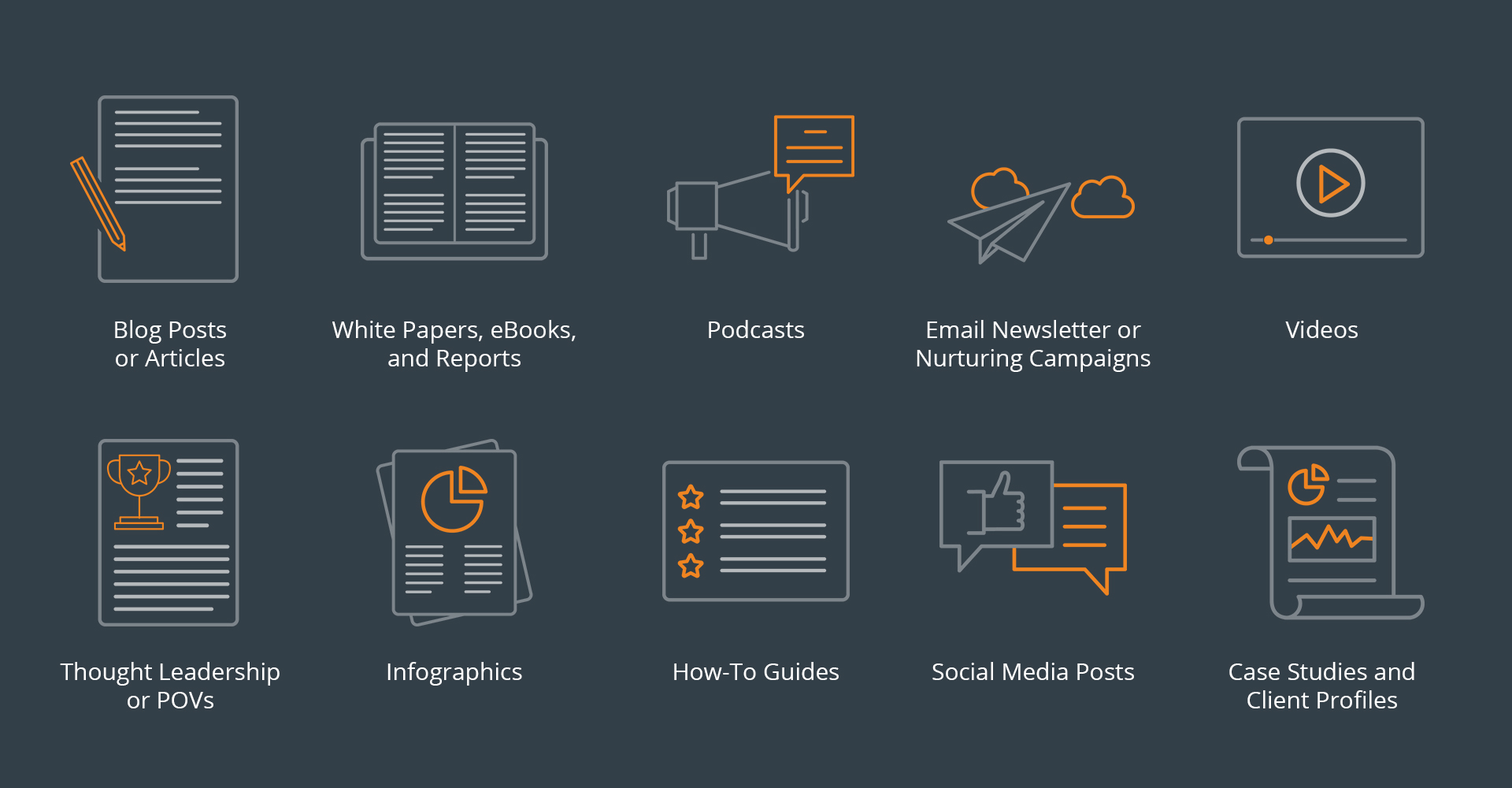
Owned
Owned content is the content you already produced. With this type of content, you can control how and when it is published and distributed. Examples of owned content include website content, blogs, social media pages, and e-newsletters.Earned
With earned content, third parties share or promote your content. These third parties include bloggers, customers, influencers, and journalists. This sharing and promoting of content is free to your business. Earned content are product reviews, social shares and mentions, guests posts, forums, and public relations shared by third parties. Though the sharing of the content is free, the third party owns it, not your business.Paid
With paid content, you pay to have your content distributed. The most common paid content distribution forms include pay-per-click ads, sponsored content, paid influencer content, and paid social ads. Each type of paid content has varying price points, format, and audience.Pay-Per-Click (PPC) Ads
With pay-per-click (PPC) ads, you pay a third party when people click or have an impression on your ad. These ads are commonly seen on search engine results pages (SERPs). They can also appear on social media platforms where they have “ad” identifiers next to the page listing. PPC is a search engine marketing tactic that, when paired with your SEO strategy, can produce quality leads. Google Ads is a popular pay-per-click ad platform used by businesses.Sponsored Content
Sponsored content is paid for by an advertiser that is shared by a publisher, person, influencer, or brand. The most effective sponsored content includes a company or person that targets your ideal audience. Sponsored content can include videos, images, podcasts, and social media.Paid Influencer Content
With paid influencer content, you pay a top content creator to write, refine, and promote the content for you. This influencer should be a well-known person in your industry. Influencer content benefits your business by boosting your brand awareness, conversions, and website traffic. Paid influencer marketing uses word-of-mouth and social proof. Both of these are crucial in establishing brand trust with customers. This type of content has been so successful that companies spend around $15 billion on influencer marketing.Paid Social Ads
Paid social ads include influencer content, PPC, and sponsored content. These paid ads share your content on social media platforms like Instagram, Facebook, and LinkedIn. Your content targets a specific audience most likely to interact with it. To maximize your content’s impact on social media, you need a strategy. A strong paid social strategy will include native social media tools to create, schedule, and share the ads. To have an effective content marketing strategy, you need to incorporate owned, earned, and paid content. SEO, PPC, and paid promotion are ways to blend the three content types. The most powerful content is the middle ground where the three types overlap.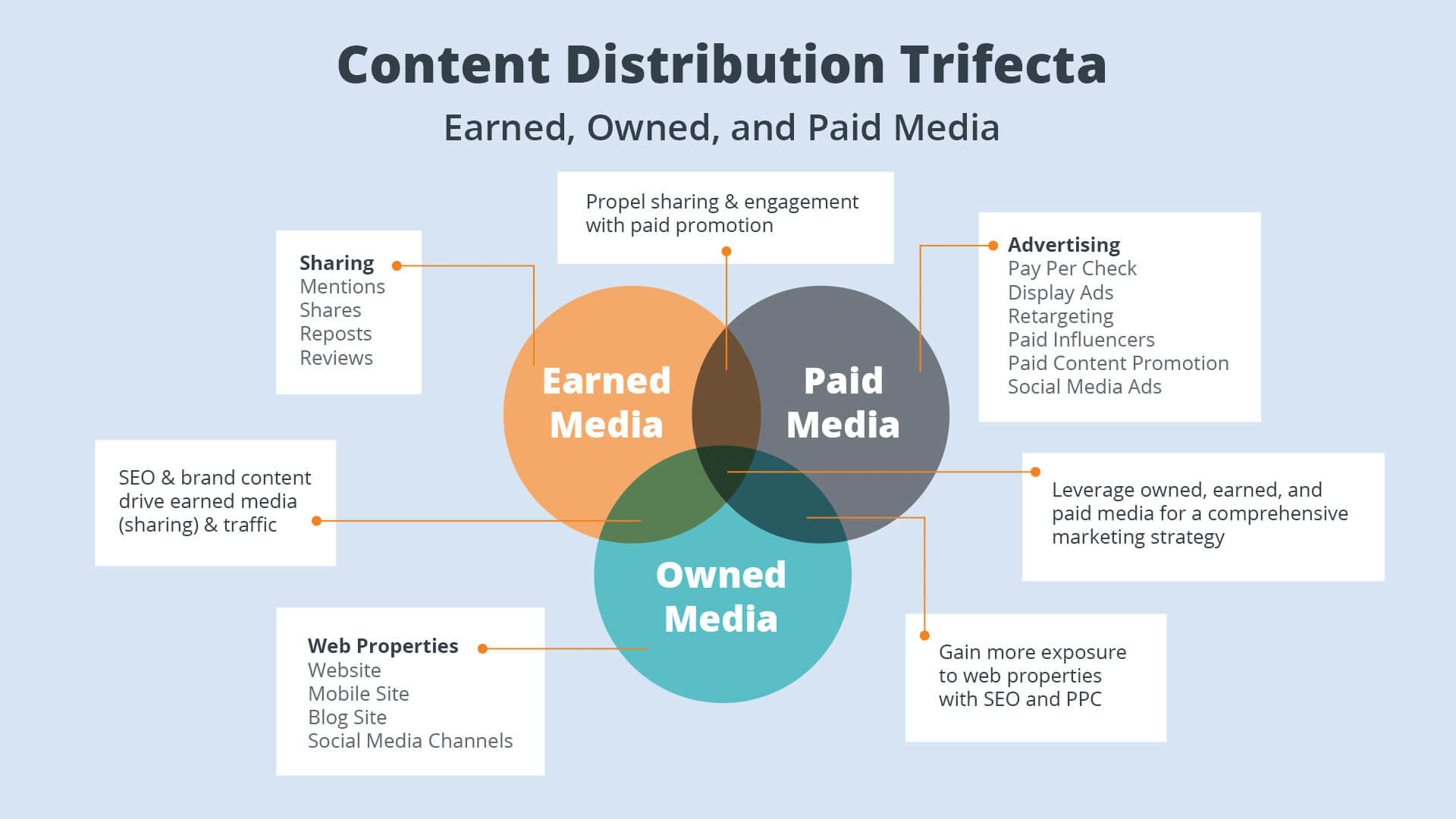
The Power of Content Marketing
Content production and distribution takes time, effort, and resources. It also tends to be overlooked. While content marketing may have taken a back seat in your strategy, there are many reasons to prioritize it. You can undergo a thorough search engine optimization (SEO) strategy to make your website and your brand more visible. What you’ll find is that you can’t optimize your website without quality existing content. Additionally, posting content because you have it will not do you any good. High-quality content production and distribution are important in your lead generation strategy. Content marketing is important because it centers around relationship-building. It is a chance for you to both share information and bond with your online customers. Chances are that, your customers are already being bombarded with different content pieces. With all the websites out there, they will only do business with those whose content is valuable. This is because people want quick, relevant answers to their problems and questions. Hence it becomes essential to refine your content distribution strategy. If you’re still skeptical of content marketing, here are some key statistics to consider:-
- 91% of business-to-business marketers use content marketing
-
- 80% of customers learn about a company through custom content
-
- Content marketing costs 60% less than traditional marketing and generates 3 times as many leads
-
- 87% of business-to-business marketers use social media to distribute content and encourage sharing
-
- 78% of customers feel there is a relationship with a brand through custom content
-
- Content creates brand awareness, cultivates loyal customers, and incentivizes readers to convert
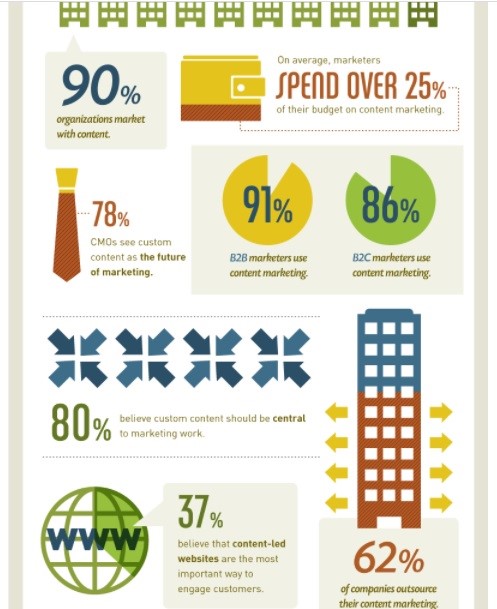
6 Steps To Develop an Effective Content Distribution Strategy
Not all content distribution strategies are created equal. Throwing out poorly conceived digital marketing content everywhere you possibly can is not a good strategy. You can develop a successful content distribution strategy once know your audience and understand what they find interesting. Promoting your new content can be overwhelming and time-consuming. If you want your create an effective content promotion plan, here are some steps to get you started:1. Clearly Identify Your Target Audience
As great as you think your content is, not everyone will be interested in reading it. Those who could care less about your great content will go to another website for content they deem to be more relevant. When people bounce from your website, your search rankings and reputation can take a hit. For successful lead-generating content, you need your content to be read by people interested in it. This requires you to research and identify precisely who your target audience is. People who see value in your content are more likely to continue consuming the information you make available. Ultimately, these are the leads that are most likely to convert into successful sales. This is your target audience. To create content your target audience will value, in addition to properly identifying who your ideal audience is, you must understand their typical consumer journey. Look at their demographics, pain points, objections to buying, and what they are interested in reading. Research your customers’, website visitors’, email subscribers’, and social media followers’ income, age, gender, education, location, and other relevant demographics. You can find this information using Google Analytics and social media analytics tools. Try to narrow down the reach of your content, but don’t over-filter your audience so that it is too narrow. After looking at the demographics, collect customer feedback. Ask readers how they feel about the content and how it’s distributed. Ask them what their pain points are and whether the content you provide adequately addresses these issues. Use the feedback and demographics to create buyer personas. These buyer personas represent the preferences, motivations, and pain points of your ideal customers. Write different versions of content geared toward each of your personas.2. Choose Your Content Types
There are different types of content. Each type of content caters to a different audience. To develop a good content distribution strategy you need to understand that every channel requires a specific content type. The kind of content you choose to create will largely depend on where it is distributed. For instance, content developed for a blog is very different in style and length compared to what would be appropriate to share in a social media post. A company blog is a highly recommended place to start creating online content. Blog posts are easy to share and repurpose. Additionally, nearly half your customers will read your blog before making a purchasing decision. Depending on your objective, tailor your blog content to match the type of action you want the reader to take. If you want to generate leads, for example, offer lead generation and traffic generation content. In contrast, social media content is much more casual and concise. With social media, it is important to research your audience using each platform’s analytics tools. This knowledge will assist you in delivering multiple pieces of content that will not only catch the readers’ attention, it will help you to make personal connections with them. Similarly, when you send emails, you have to carefully think about what to say and how to say it. Email marketing is one of the most effective forms of lead generation around, making it a form of content marketing you should engage in on a regular basis. Content can also be shared via videos and images. Infographics work well when promoted via social media. Video content needs to be engaging, interesting, clear, and brief.3. Choose Your Distribution Channels
Your website is your first-stop distribution channel. On your site, you have greater freedom as to what you say and how you say it. Your website includes information on your pages and your blog posts. You must conduct audience research and choose your distribution channels before you write your content. These two pieces of data will inform the type of content you write and where and to whom it is distributed. Popular content distribution channels include blogs, social media, email, directories, guest posting sites, and forums. Sometimes traditional public relations may be an option. The content distribution channel you choose must be aligned with your target audience’s interests, demographics, and behaviors. It’s important to know your audience and where they regularly visit online. Young people, for instance, spend a lot of time on various social media sites. Even among social media sites, there are different audiences. Look to see where your target audience tends to go to gather information. Do they read industry blogs, watch YouTube videos, or scroll through Facebook? Knowing which distribution channels your audience frequents most is vital to planning a successful content marketing strategy. Your blog should be your first distribution channel as it is one of your company’s owned properties. Two others that you need to optimize are your social media pages and e-newsletter. With these three channels, you control the content and its distribution. Also having a content calendar helps you ensure that content distribution is going according to your plan. Social media is a popular distribution channel. In fact, 87% of marketers use social media to share content. Of those, most use an average of five social media platforms. Content distribution via social media is a good option for many reasons:-
- Ease of distribution
-
- The content is short and largely image-dominant
-
- Ease of audience targeting
-
- Provides a great opportunity to have casual, personal interactions with customers
-
- A majority of your customers likely use at least one social media channel
-
- Content is instantaneously shared with customers
-
- It is free to share your content
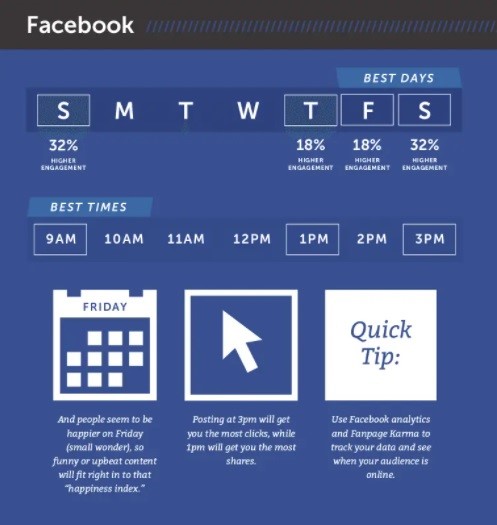

4. Develop a Content Distribution Plan
An effective content distribution strategy involves having a plan for how, where, and when to disperse information. Both the creation of lead-generating content and its distribution need careful thought. Once you settle on a writing and distribution process, you need to be consistent. Writing content and publishing it everywhere on the Internet will lead to unsuccessful content promotion. If search engines don’t rank your content highly and the appropriate marketing strategies aren’t applied, your target audience will never find your content. A good foundation for your content distribution strategy is having S.M.A.R.T goals. These goals are specific, measurable, attainable, relevant, and timely. Having such goals helps you see where your current strategy is at and what future success looks like. With your content distribution strategy goals in mind, develop a detailed content calendar. There are many tools out there for you to use such as Google Sheets, Excel, Asana, Trello, and Google Calendar. To start a consistent content distribution plan, assign certain people to develop and create different kinds of content. Then, establish an editorial calendar for publishing the content on a consistent basis. An editorial calendar focuses and aligns your team to work toward common goals. If you contract out your writing, a calendar can inform your editors and writers about what’s coming up. Some questions to ask as you start developing your editorial calendar include:- What audiences use which channels?
- What opportunities exist on each channel that you can’t achieve on others?
- What subjects are most likely to resonate with your target audience?
- How often and when does each audience post on each channel?
- What content types or formats should you use on each channel?
- When should you post on each channel to get the most engagement?
- What conversations work best on each channel?
- Who will be in charge of managing each channel and posting on them on behalf of the company?
- Where do you want to drive traffic to on each channel?
- What metrics will you use to assess the success of your content distribution strategy?
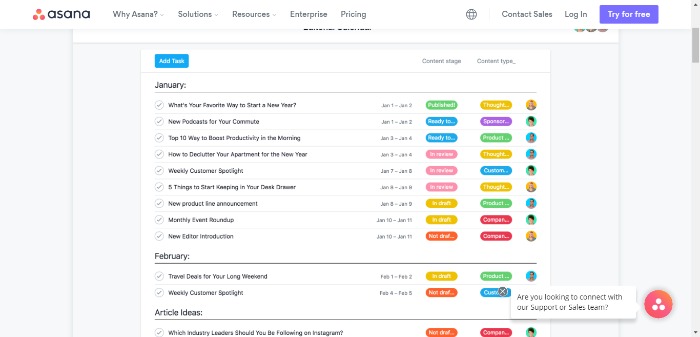

5. Develop Effective Lead Magnets
You’ve created lead-generating content, but if it doesn’t have a call to action (CTA), it won’t be effective. CTAs tell the reader what to do next after reading your content. With CTAs in your content promotion, be sure to somehow capture the reader’s contact information, especially phone number or email. To bring more readers to conversion from your content, you need to consistently get new leads to cultivate. Lead magnets are the best ways to capture the names and contact information of prospective leads. Through lead magnets you share the content for free with your audience for the exchange of their contact information. Lead magnet content needs to be interesting, valuable, and applicable to the reader. If you don’t know where to start, here are three lead magnet strategies to try:White Papers
White paper content highlights industry news like trends, the current state of the industry, and what the future holds. Industry overview white papers are the most common. The other type of white paper is a product breakdown. Product breakdowns highlight company products. These white papers may go into detail about what a product does, who benefits, and the problems these items help solve. White papers let prospective leads know that your brand understands their pain points and questions. These types of content also show leads that your product solves their problems.Webinars
Webinars are another effective lead magnet. You can use live and recorded webinars to get a lead’s contact information. With webinars, you can ask someone to leave their phone number or email address to access the webinar. Webinars can be one-off or regular events. Webinars are great ways to show your product or service. When you conduct live webinars, you allow the audience to interact with you.Risk-Free Trial
Offering a limited-time risk-free trial has been a long-time favorite lead magnet for B2B and SaaS companies. With this type of lead magnet, customers enter their contact and payment information to access a product or service. Besides free access, some free trials give customers temporary access to an upgraded or premium version of products or services. For most sign-ups, the terms and conditions of the risk-free trial must be clearly stated. You should be up-front about subscription cancellation and when a customer will be charged after the trial period ends. Besides transparency, your risk-free sign-up form must be simple and quick to complete. Once you’ve created your lead magnet, publish it on your website, in blog posts, and on your social media channels. Lead magnets are also effective when used as part of your email marketing strategy.6. Publish and Promote Content
Now that you’ve created your content, it’s time to publish it. Use your editorial calendar to push it out to your ideal audience at the best time and on appropriate channels. Regardless of what channel you use, follow the rules to optimize your content promotion on each channel. Using a combination of platforms for your content distribution is a great way to maximize its effectiveness. For example, you can publish an industry white paper and push it out via email, social media, and paid ads. Use these channels to get your content before readers or have them sign up to see it. Content creation is and will be key in generating leads. For effective lead-generating content that drives sales, you need carefully-crafted content. A strong content distribution strategy looks at the best content type and what channels you should use. Thorough familiarity with your target audience is the foundation of any successful content promotion strategy. Contact LeadBoxer today to learn how we can partner with you to generate more leads and drive more sales.How Do You Develop an Effective Content Distribution Strategy Read More »


